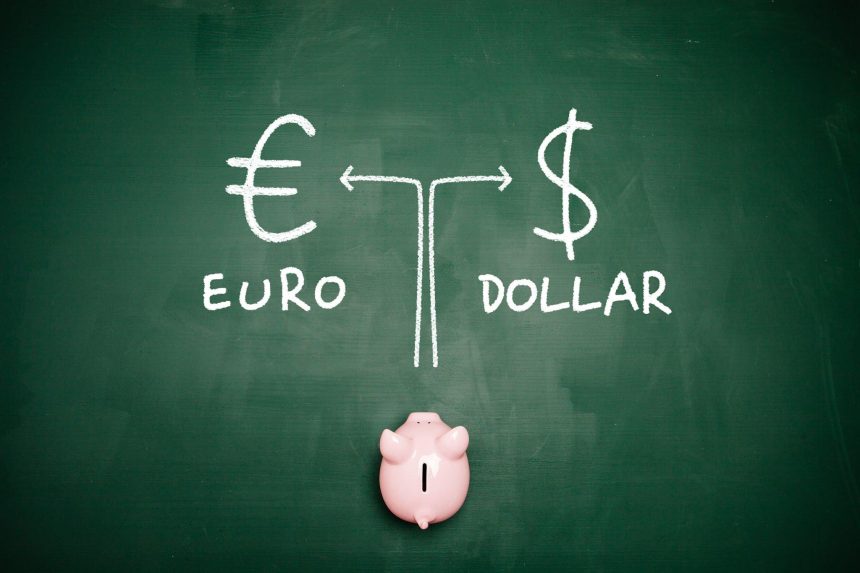EURUSD recovers significantly as Eurozone inflation exceeds expectations.
EURUSD rises above 1.0800 during Friday’s European session. The major currency pair gains after Eurostat published. That the annual preliminary Eurozone Harmonized Index of Consumer Prices (HICP) data increased faster than expected in May.
The Eurozone’s yearly headline and core HICP increased by 2.6% and 2.9%, respectively.
Headline HICP increased by 2.6%, exceeding expectations of 2.5%. And the April reading of 2.4%. In the same period, the core HICP data. Which excludes volatile components such as food, energy, alcohol, and tobacco, advanced to 2.9%, above predictions of 2.8% and Prior reading: 2.7%. The monthly headline and core HICP increased at a slower rate of 0.2%. And 0.4%, respectively, than the previous figures.
The Eurozone inflation data for May was expected to have little impact on market speculation about European Central Bank (ECB) rate reduction at the June meeting. As they looked to be a done deal. ECB policymakers have remained confident in rate cuts for June. Citing consistently lower price pressures and continued progress in service disinflation.
However, inflation statistics will influence how quickly the ECB cuts interest rates after June. A high inflation estimate is expected to prompt officials to take a more cautious approach. Investors should be aware that the majority of ECB policymakers have We’ve been emphasizing the need of remaining data-dependent and have been hesitant to propose any predetermined rate trajectory.
Investors are awaiting the US core PCE inflation report.
The Investors should brace themselves for increased volatility in the shared currency pair ahead of the United States’ (US) core Personal Consumption Expenditure Price Index (PCE) data for April, which will be released at 12:30 GMT.
Daily Market movers: EURUSD remains strong ahead of US inflation data.
The EURUSD is expected to experience increased volatility as the Federal Reserve’s (Fed) preferred inflation indicator, US core PCE inflation data, is released.
Core PCE inflation is expected to have gradually increased by 0.3% and 2.8% on a monthly and yearly basis. Respectively. A steady or hot inflation data would most likely cause traders to lower Fed rate-cut expectations. the September conference, but soft figures would accomplish the opposite.
Currently, the CME FedWatch tool indicates that traders are undecided. About the US central bank lowering interest rates in the September meeting. The strong labor market outlook and inflationary pressures are driving this increased anxiety.
Fed policymakers underline the need of keeping interest rates at current levels until. They have adequate evidence that price pressures will stably return to the desired rate of 2%. Officials are concerned that progress in the disinflation process has stagnated. Despite the fact that the Consumer pricing Index (CPI) report for April indicated that pricing pressures have subsided.
Meanwhile, the US Dollar Index (DXY), which analyzes the value of the Greenback versus six major currencies, is slightly higher around 104.85. The USD Index rises after a significant correction on Thursday. The sell-off was fueled by sluggish US Q1 GDP growth. According to the revised GDP estimates report, the economy increased at a slower rate of 1.3% than previously predicted, down from 1.6%.








